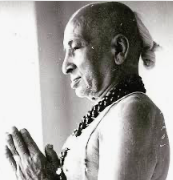Why are Pilates & Yoga recommended during Pregnancy?
Exercising is very important for you to keep up during pregnancy and Pilates & Yoga are some of the safest and most effective forms of exercise during this time as it helps you to:
Maintain your general fitness and strength – you will need it for the labour and also looking after your baby - carrying your baby and lifting prams takes a lot of strength!
Prevent stiffness, aches and pains, such as back and pelvic pain, keeping you more mobile
Strengthen your pelvic floor and deep core abdominal muscles which help in your recovery post pregnancy.
Improve your posture, which naturally changes a lot throughout the pregnancy.
Develop awareness of your breath and learn breathing techniques to improve circulation, boost the flow of oxygen to you and your baby, and to help relax you and reduce stress
How long can you continue to attend Pilates & Yoga classes?
Pilates and Yoga are very safe forms of exercise during pregnancy, both for you and your baby as long as certain guidelines are followed and the exercises performed are prescribed specifically for pregnancy by women's health professionals. Every woman and every pregnancy is different though, the most important thing to remember is make sure you listen to your body. Many women feel comfortable to attend classes right up until they give birth.
If you are a pregnant mum to be on the Sunshine Coast then contact us to arrange a prenatal consult. During your Prenatal Initial Consult we will review your history, discuss your goals, assess your movement and posture, discuss pelvic floor and core activation, and introduce you to the fundamentals of Pilates and Yoga.
Once you have completed your Prenatal Initial Consult we will recommend which classes will be suitable for you moving forward and provide you with information to support you though all stages of your pregnancy.



